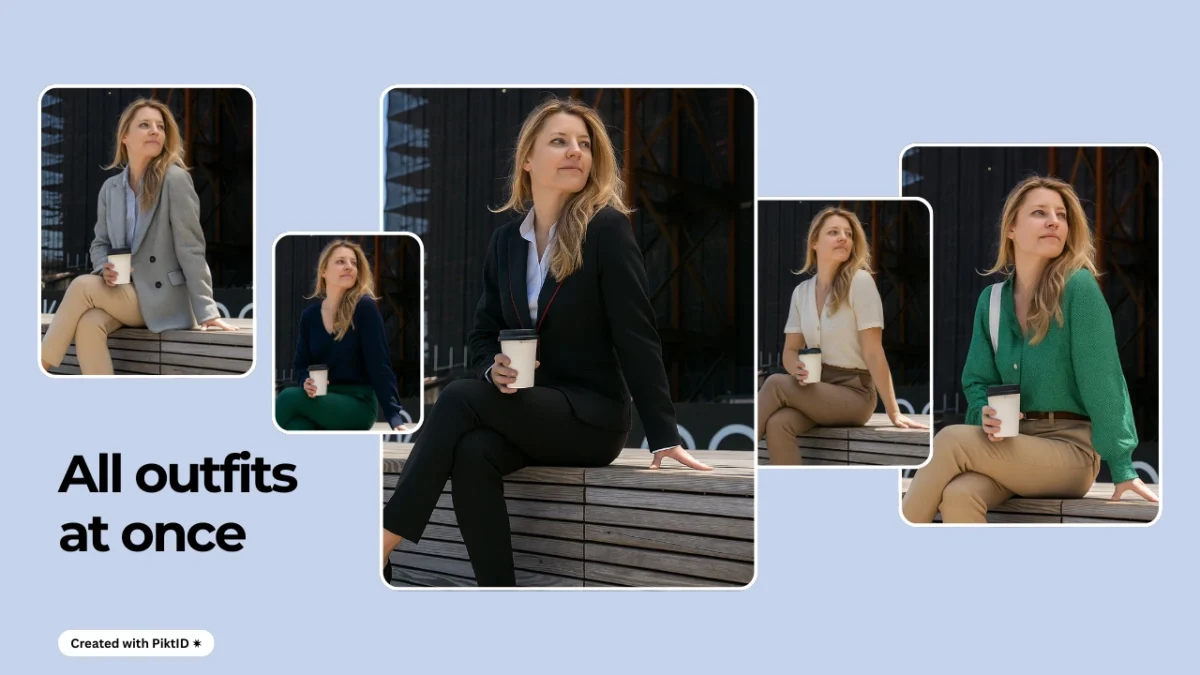1. The Rise of AI Models for Clothing
In recent years, AI models for clothing have emerged as one of the most transformative innovations in the fashion and retail industry. They enable brands, designers, and e-commerce platforms to display apparel on realistic, lifelike human models—without the need for physical photo shoots. This breakthrough technology allows a single product to be visualized on multiple body types, in different colors, and in a variety of styles, creating a seamless and dynamic shopping experience.
What sets this apart from earlier digital mock-up solutions is the degree of realism. AI models for clothing do not simply overlay a flat image onto a mannequin. Instead, they leverage advanced computer vision and generative AI techniques ensuring that the final image appears as though it were captured in a professional studio.
While PiktID already offers APIs that can generate AI-powered fashion models, a dedicated platform feature is currently in development. Once launched, it will allow users to instantly produce marketing-ready imagery without logistical bottlenecks. Early adopters of this technology will have a significant competitive edge, reducing production costs, accelerating campaign timelines.
2. What Are AI Models for Clothing?

AI models for clothing refer to advanced, AI-driven image generation systems that digitally render apparel on highly realistic human figures. These systems go beyond traditional digital editing by producing images that are virtually indistinguishable from real photographs.
The process typically involves three core steps:
- Detection of the model’s body shape and pose – AI systems first analyze the human figure, identifying contours, proportions, and posture to ensure that the garment drapes and fits naturally.
- Application of outfit textures, colors, and styles while preserving realism – Using deep learning, the platform simulates the behavior of fabrics under different conditions, ensuring folds, shadows, and material characteristics are faithfully reproduced.
- Adapting lighting and shadows for authenticity – Instead of relying on static overlays, AI models for clothing calculate how the outfit would look under existing lighting in the image, ensuring seamless integration with the background and skin tones.
The distinction between AI models for clothing and traditional product photography is profound. In conventional setups, brands must arrange in-person photo shoots, coordinate with models, photographers, and stylists, and manage multiple re-shoots for color or style variations. Even digital retouching requires time-consuming manual edits. In contrast, AI models for clothing can produce hundreds of variations in minutes, eliminating logistical complexities and drastically reducing production timelines.
AI models for clothing are poised to become the default method for visualizing apparel online, making physical sampling for every iteration unnecessary. And allows offering limitless creative freedom for fashion marketing teams.
Referral Guide: AI Clothes Swap
3. The Benefits of Using AI Models for Clothing
AI Models for Clothing have transformed the way fashion and apparel businesses create, test, and market their products. By replacing traditional workflows with AI-driven visuals, companies gain a significant competitive advantage in speed, creativity, and sustainability.
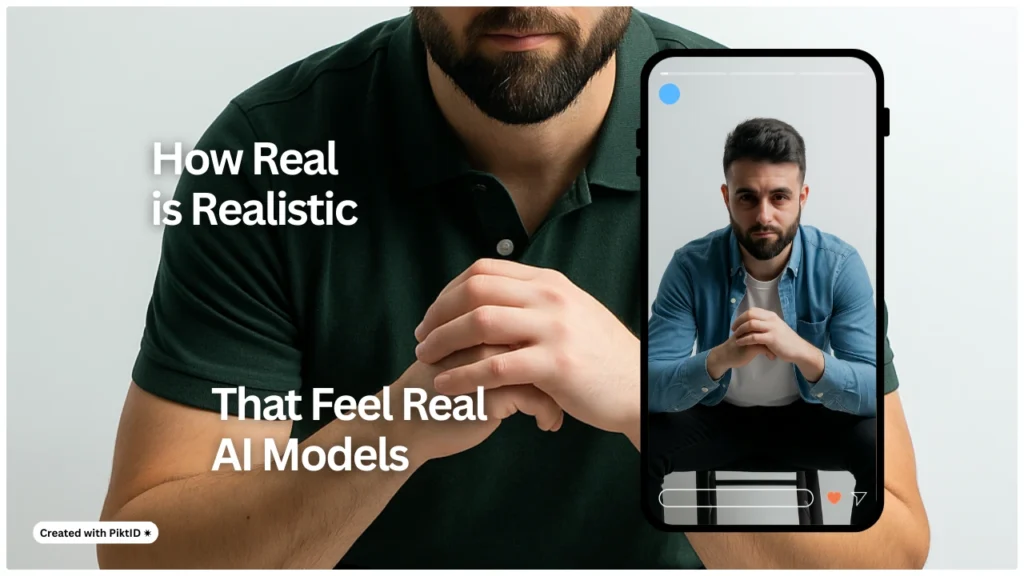
a) Speed and Cost Efficiency
Traditional fashion photography requires booking models, organizing shoots, hiring stylists, arranging venues, and post production editing—all of which demand time and budget. AI Models for Clothing remove these barriers by enabling instant generation of high-quality, photo realistic visuals.
Instead of scheduling multiple photo shoots to capture different outfit variations, businesses can test and showcase dozens—or even hundreds—of styles within hours. This not only accelerates time-to-market but also significantly reduces costs, allowing brands to allocate resources to other strategic priorities.
b) Scalability

With AI Models for Clothing, scaling product visuals is no longer a resource intensive challenge. A single base model can be digitally “dressed” in thousands of outfit combinations, colors, and fabrics, without the logistical complexity of sourcing garments or organizing large-scale shoots.
This capability is particularly powerful for global retailers who need to adapt product visuals to different regional preferences or seasonal trends, ensuring a consistent brand presence worldwide.
c) Creative Freedom
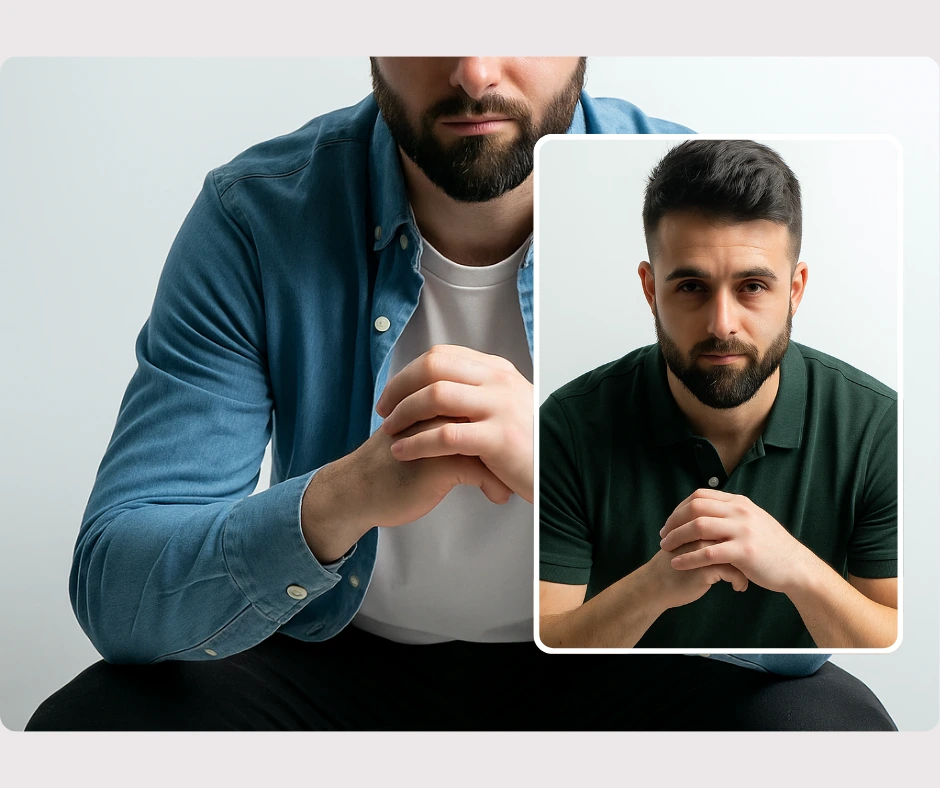
Fashion brands often face limitations when bringing experimental or conceptual designs to life—especially before physical samples exist. AI Models for Clothing enable designers to visualize bold concepts, mix unconventional textures, and explore avant-garde aesthetics without committing to costly prototypes.
This creative freedom fosters innovation, helping brands stay ahead of trends while reducing the risk of investing in designs that may not resonate with their audience.
d) Sustainability
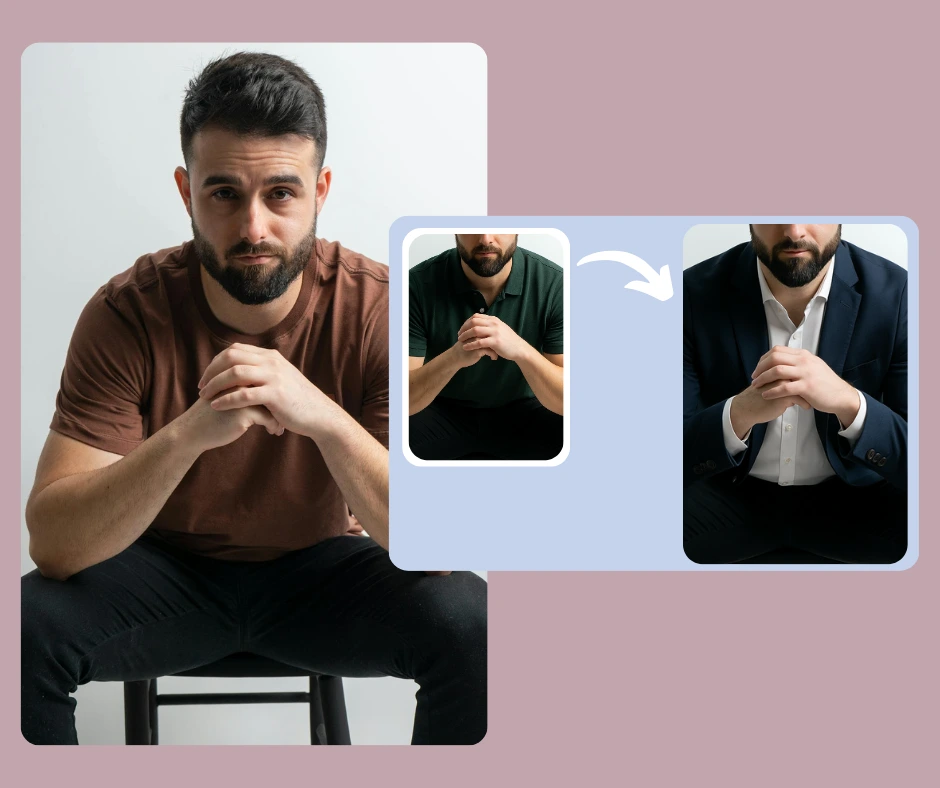
Sample production in the fashion industry is resource-heavy and contributes significantly to waste. By leveraging AI Models for Clothing, brands can digitally prototype garments, reducing the need for physical samples and lowering their environmental footprint.
This approach not only supports corporate sustainability goals but also aligns with the growing consumer demand for environmentally conscious fashion practices.
Additional Guide: Change Clothes AI
4. Industries That Can Benefit from AI Models for Clothing
The versatility of PiktID for AI Clothing Models extends beyond just fashion photography—they can be integrated across various sectors within the apparel and retail ecosystem.
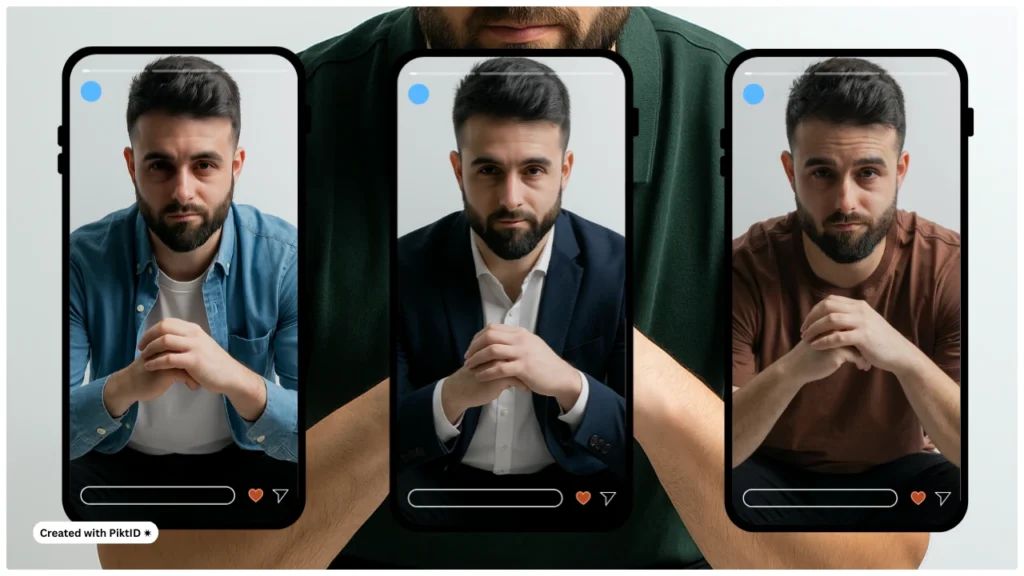
a. Fashion Designers
For designers, the ability to preview how a design looks on different body types before the runway is transformative. AI Models for Clothing allow adjustments to be made early in the creative process, ensuring collections are inclusive and market-ready.
Designers can also adapt their creations for different fashion trends or regional tastes without incurring the expense of additional samples or shoots.
b. E-Commerce Retailers
In online retail, visual consistency is key to driving sales. AI Models for Clothing allow the same product to be displayed on a consistent model across all variations.
This uniformity improves customer trust and shopping experience, while reducing the dependency on in person model photography.

c. Marketing & Advertising Agencies
Campaigns often demand a wide range of model shots to fit different brand narratives. AI Models for Clothing allow agencies to create these visuals without the logistical and financial burden of organizing multiple shoots.
This flexibility is particularly useful for fast-paced marketing cycles, seasonal promotions, and A/B testing different visual concepts.
d. Apparel Startups
For emerging fashion brands, AI Models for Clothing can be a game-changer. Instead of waiting weeks for physical samples and professional photography, startups can launch collections with hyper-realistic images, validate demand, and secure pre-orders before manufacturing begins.
This lean approach helps startups reduce financial risk while enabling them to compete with established brands on visual quality.
Read More: AI Clothes Changer
5. How PiktID Powers AI Models for Clothing
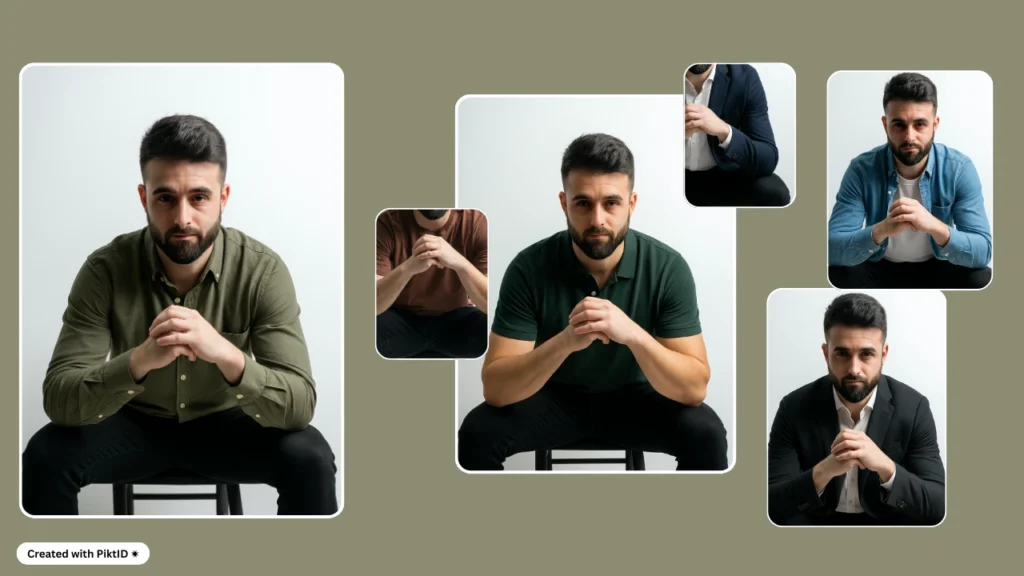
PiktID provides a powerful foundation for creating AI Models that cater to fashion designers, e-commerce brands, and creative agencies. By leveraging advanced generative capabilities, the platform enables users to design, modify, and showcase outfits in a way that looks natural and realistic.
Core capabilities include:
- Generate lifelike human models that fit brand aesthetics.
- Change outfits, colors, and patterns instantly without the need for additional photo shoots.
- Maintain pose, lighting, and realism for professional-grade visuals.
While the dedicated clothing design feature is currently in development, the PiktID API already supports workflows for generating base human models and applying outfit variations programmatically. This means early adopters can begin integrating AI Models for Clothing into their applications today, positioning themselves ahead of competitors when the full release launches.
Positive Outlook: Early integration gives developers and brands the flexibility to build custom tools and prepare for a future where fashion design, personalization, and catalog creation happen entirely through AI.
6. Step-by-Step: Using PiktID’s API for AI Clothing Models
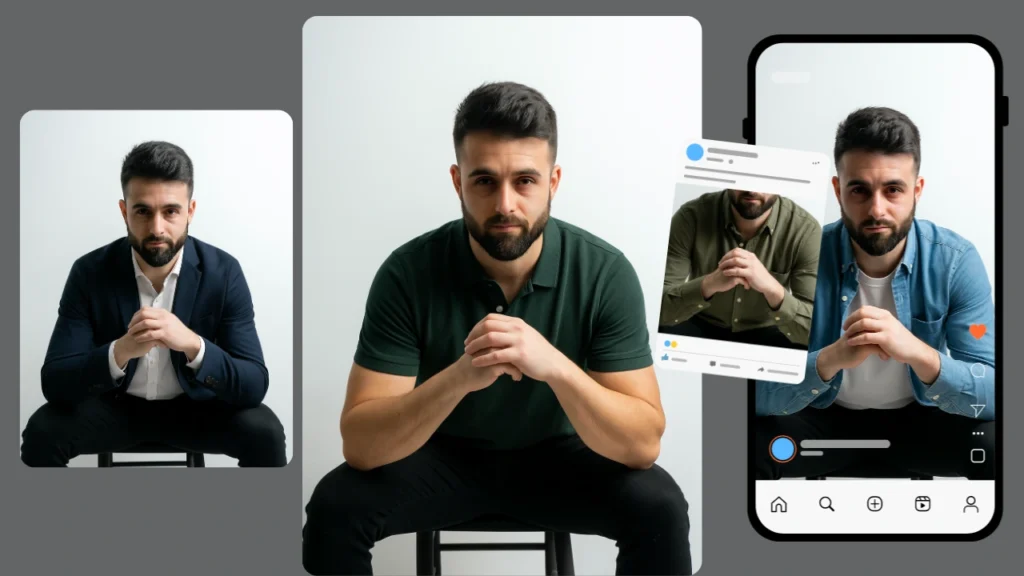
Follow these steps to create Fashion Models using PiktID’s API:
1: Generate a Base Model
Use PiktID’s Generate Person API to create a realistic human model as your design foundation.
2: Apply Clothing Variations
Input custom styling parameters to change outfits, fabrics, and accessories.
3: Iterate on Designs
Test multiple colors, textures, and seasonal variations without repeating photo shoots.
4: Export High-Resolution Outputs
Export print-ready images or optimized web formats for online stores, social media, or marketing campaigns.
Example Python snippet:
import requests
url = "https://api.piktid.com/v1/generate-person"
headers = {"Authorization": "Bearer YOUR_API_KEY"}
data = {
"pose": "standing",
"style": "casual",
"clothing": {
"type": "jacket",
"color": "navy",
"pattern": "plaid"
}
}
response = requests.post(url, json=data, headers=headers)
with open("model_output.jpg", "wb") as f:
f.write(response.content)
Documentation Links:
Additional Guide – Documentation
7. Real-World Examples & Use Cases
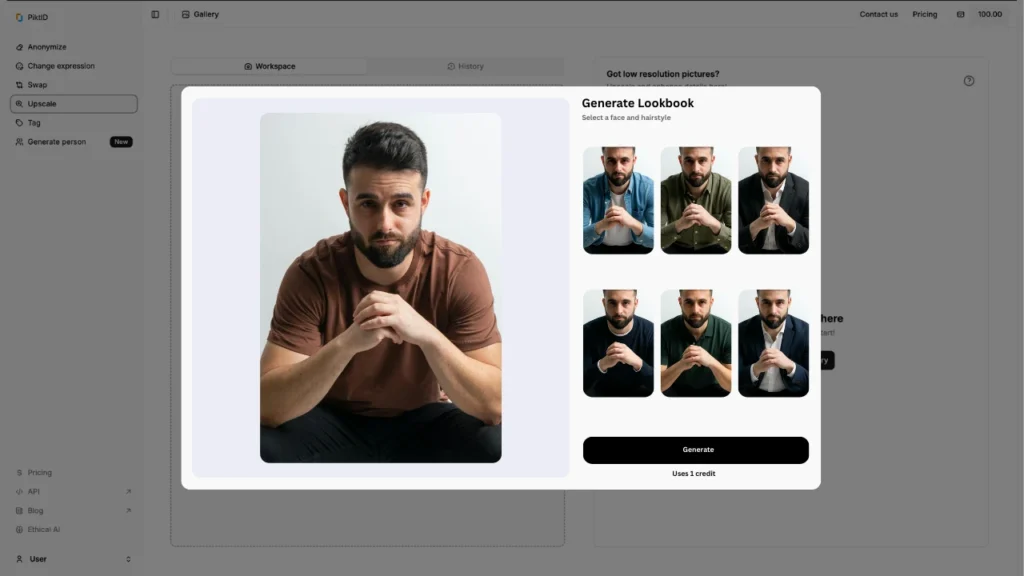
i. Runway Previews
Fashion designers can create virtual runway looks using AI Models for Clothing, reducing the need for physical prototypes.
ii. Catalog Creation
E-commerce platforms can turn a single shoot into dozens of product variations, cutting costs and speeding time-to-market.
iii. Regional Marketing
Brands can adapt a base design to match cultural styles, colors, or seasonal preferences without extra production costs.
iv. Social Media Campaigns
Influencers and marketers can instantly produce themed outfits for different campaigns while keeping a consistent model and pose.
Read More: AI Generated Girl
8. Future of AI Models in Fashion
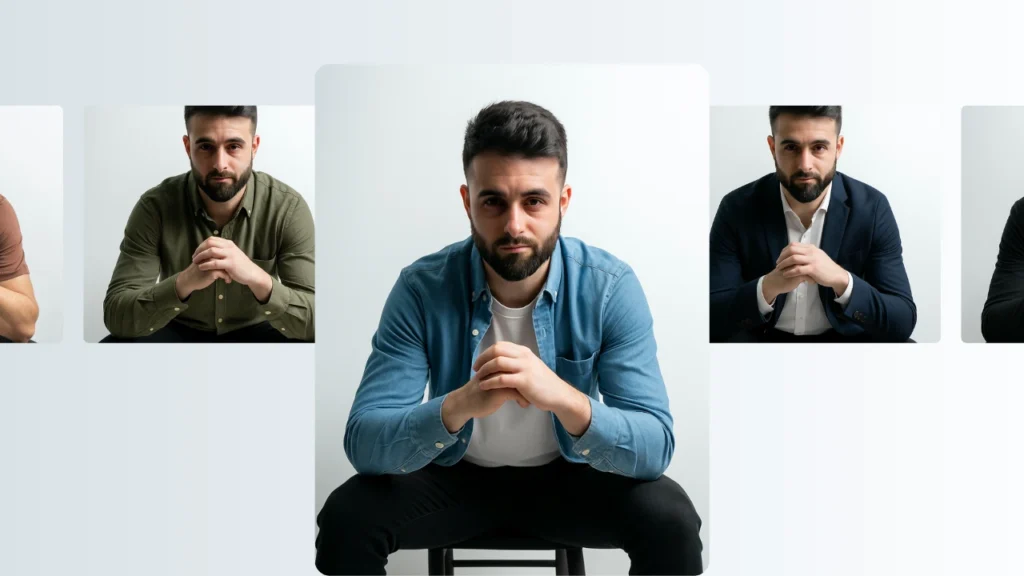
The fashion industry is on the cusp of a digital transformation driven by AI models for clothing. Emerging trends such as virtual try-on, generative outfit creation, and AI-powered personalized styling are re-shaping how brands engage with consumers.
In the near future, shoppers will not only browse clothing online but also experience interactive, immersive try-on sessions through AI-generated avatars. This will allow them to visualize designs in realistic contexts—whether for everyday wear, luxury fashion, or seasonal collections—without physically visiting a store.
Beyond aesthetics, AI models for clothing also have the potential to integrate fabric simulation, body movement mapping, and lighting adjustments—creating a near-perfect replication of how garments will look and feel in real life. These capabilities will bridge the gap between digital visualization and physical garment manufacturing, making the supply chain faster, leaner, and more responsive to market shifts.
9. Swap clothes in seconds with PiktID
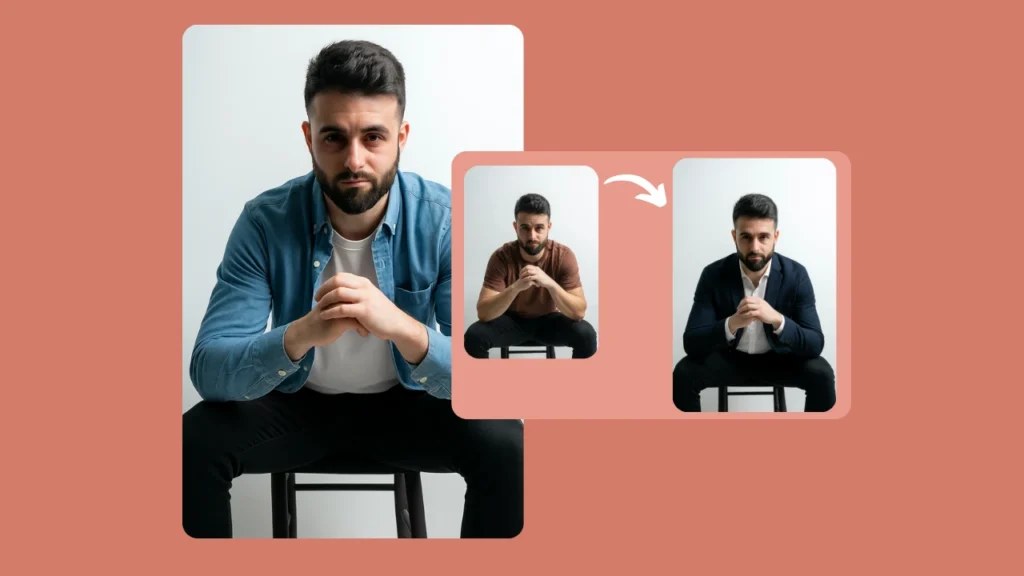
AI models for clothing are no longer a futuristic concept—they are a practical, high-value tool for modern fashion businesses. By combining speed, creativity, and operational efficiency, these models are helping brands accelerate design processes, cut production costs, and deliver personalized shopping experiences at scale.
Platforms like PiktID already make this technology accessible, offering APIs that allow fashion brands, e-commerce platforms, and creative agencies to generate realistic models wearing any outfit, in any style, color, or fabric. As these capabilities continue to evolve, the gap between concept and consumer-ready product will narrow dramatically, giving early adopters a competitive advantage.
Additional Guide: AI Models Fashion Facial Expression Changer
10. Get started with 10 Free Credits
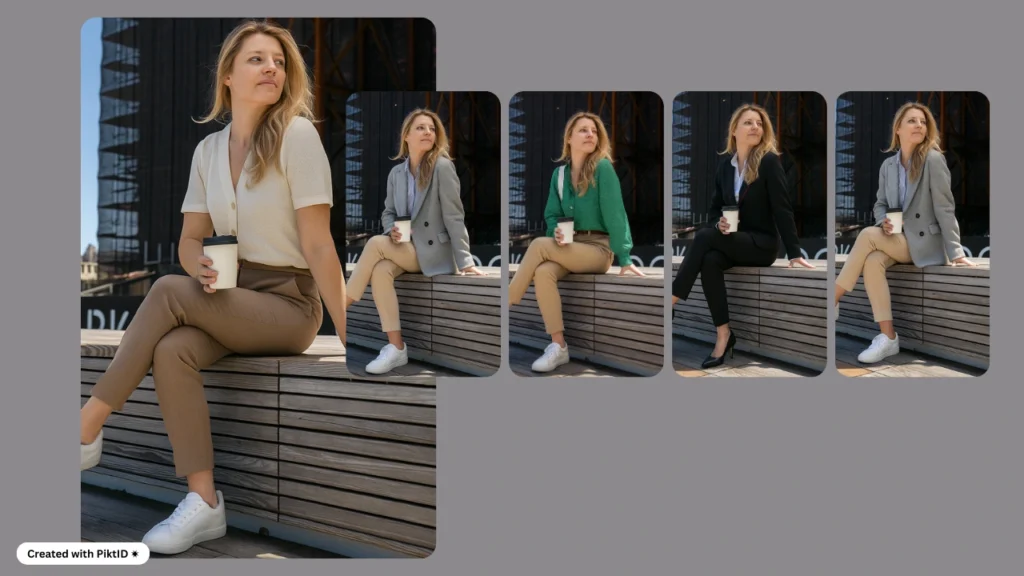
The future of AI models for clothing is already here—and you can start experimenting with it today. PiktID offers a powerful AI API that lets you create photo realistic models in any outfit or style with minimal effort.
Get started with 10 free credits and explore how you can:
- Create virtual clothing try-on experiences for customers.
- Generate unlimited outfit variations for marketing campaigns.
- Reduce production costs and time-to-market.
Discover the potential of AI-driven fashion visualization. Sign up today and start creating with PiktID’s AI Models for Clothing.
11. FAQs
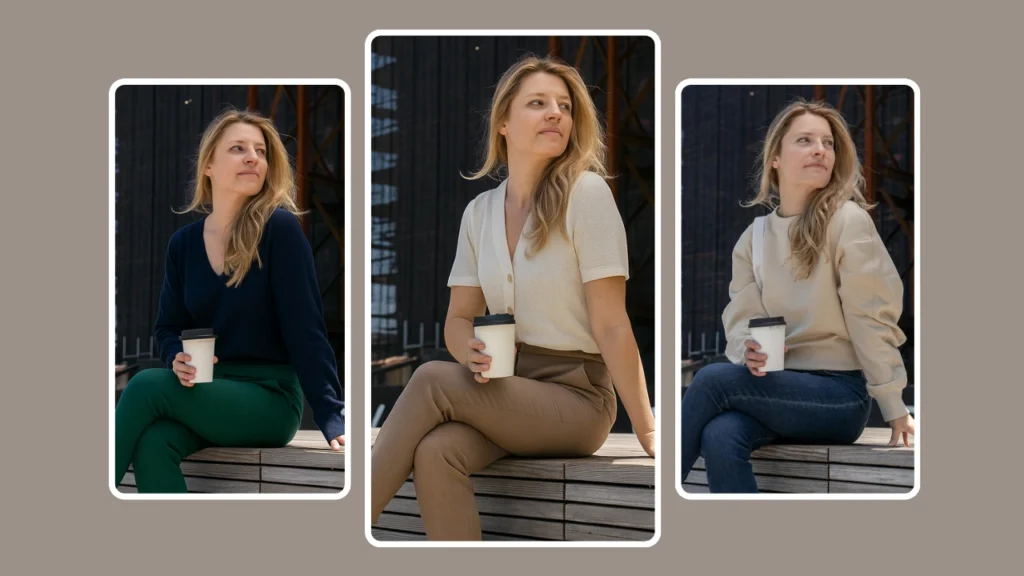
Q1: What are AI models for clothing?
AI models for clothing are digitally generated human models that can showcase any outfit without requiring physical photography.
Q2: Can AI models for clothing look realistic?
Yes. With platforms like PiktID, AI models for clothing are generated with a high level of realism, ensuring natural lighting, accurate body proportions, and authentic fabric draping.
Q3: How can e-commerce brands use AI models for clothing?
E-commerce businesses can use AI models for clothing to display product variations efficiently. For instance, a single base model can be used to showcase multiple colorways or fabric types of the same outfit without arranging multiple photo shoots.
This is particularly useful for online catalogs, seasonal look books, and rapid product launches.
Q4: Do I need coding skills to use PiktID’s API for AI models for clothing?
No. PiktID’s API is designed for accessibility, meaning that users with basic API integration knowledge can implement it easily.
For those without technical expertise, the upcoming PiktID platform update will offer a no-code interface, allowing brands to generate AI models for clothing directly through a visual dashboard.
Q5: Will AI models for clothing replace traditional photo shoots?
AI models for clothing can significantly reduce dependency on traditional photo shoots, particularly for high-volume product lines or fast-changing collections. However, luxury and flagship campaigns may still leverage high-end photography for brand storytelling.
In practice, many brands adopt a hybrid approach, using AI models for efficiency and traditional shoots for key marketing visuals.

